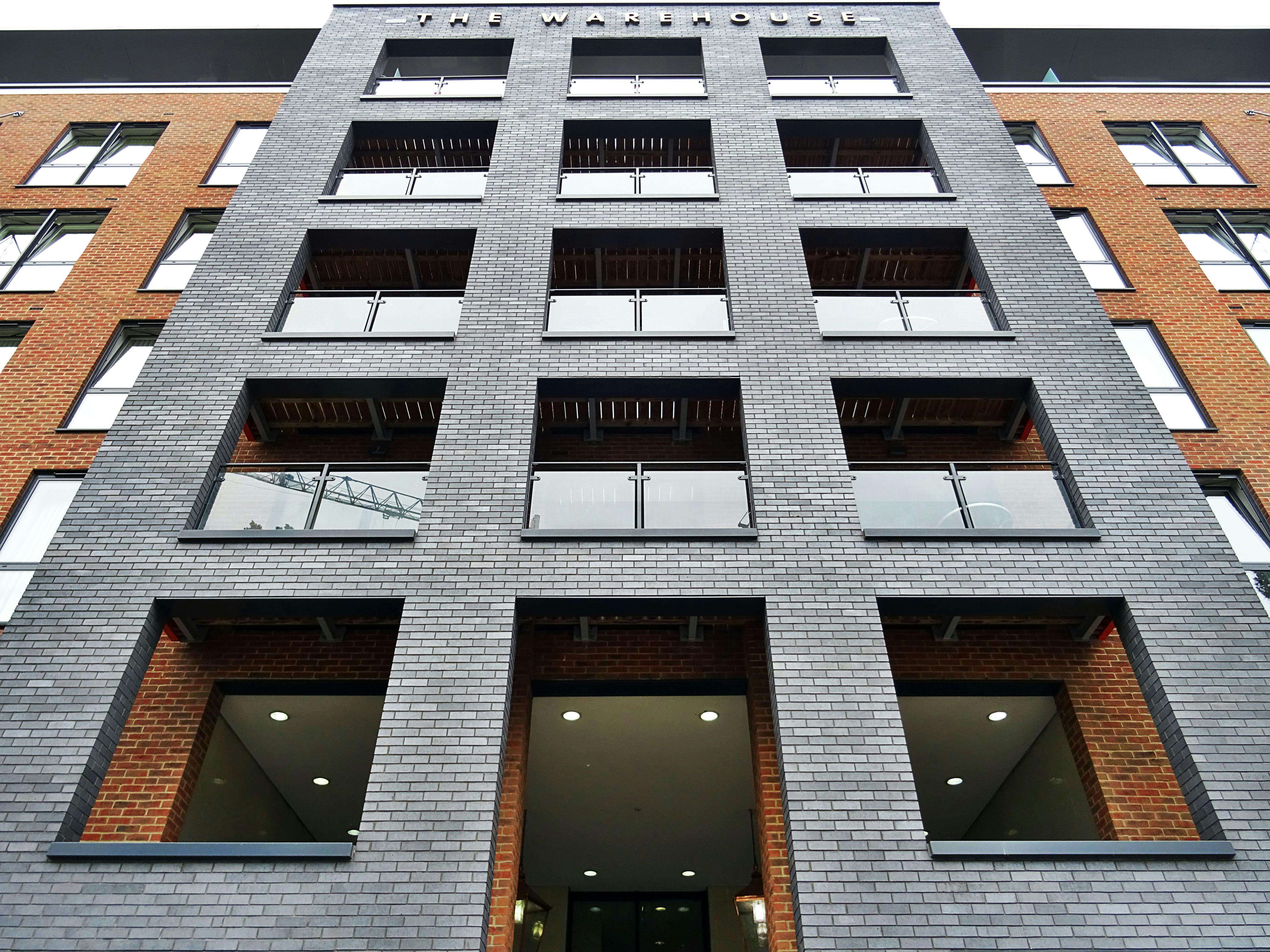Commercial Tenant Move-In Checklist

In a commercial or retail property, it pays to have some kind of checklist that applies to the move-in procedure with tenants. The checklist will always help you stay up-to-date on the correct processes and approvals.
First of all, it should be said that a tenant should not move into the premises until the lease documentation and all financial obligations have been satisfied.
The same rule also applies to construction and equipment compliance. The tenant must not have access to the premises in any way or form until they have successfully signed all the lease documentation and paid the rent and the necessary guarantees.
Different types of premises
There is a clear difference in the complexity of the moving checklist that can be applied when it comes to different types of property. Retail property is perhaps the most complex type of property, and for that reason, you will have a more detailed checklist. Office property will normally have fewer issues of concern, however the checklist will remain reasonably detailed. An industrial property is always more basic and simple when it comes to tenant lease negotiation, design approvals and move-in procedures.
So let’s take a look at the checklist that can be built in relation to managing and leasing commercial and retail properties. Here are some of the important elements around which you can add other aspects of local nature and the property.
- The lease must be fully signed between the owner and the tenant. If the lease is to support the final compilation of a lease document, then that too should have happened.
- Any monies associated with the tenant’s rent, rental guarantees, equipment monies, security, deposits, and occupancy must be paid by the tenant before access is granted.
- Agreements must be reached between the parties regarding the construction, approvals, layout and design of the equipment. Such retrofit work should not begin until the necessary approvals are given from the owner and the appropriate building approvals have been issued by the local building authority.
- As long as the above three problems are fully satisfied and correctly implemented. Then you can move on to a simple checklist of problems to implement and move forward.
- Here are some of those things to add to your checklist.
- The names, address and contact details of the tenants who will be installed in the facilities.
- The details of access to the facilities must be established and agreed between the parties. That also includes any anticipated move-in dates. The tenants’ contract or associated with the refurbishment works must also be controlled with regard to access.
- Provide the tenant with a list of property contacts related to any general inquiries, but also those related to any emergency issues. Those contacts would normally include a property manager and maintenance contractors.
- The tenant must verify compliance with all the special terms and conditions of the existing lease documentation as part of the occupancy. That would normally include insurance obligations.
- Sub-leasing issues related to any additional licensed spaces and car parking should also be reviewed and implemented. These types of secondary issues can be supported by secondary documentation, such as licenses for side agreements.
- Inform the tenant of security issues related to the property and facilities. Take the tenant through the modes of access to the property during the day and after hours.
- Install the tenant detail on the tenant directory dashboard as soon as they occupy the premises.
- Inform the other tenants of the property about the new tenant at the new location. Inform new tenants of the property about the other tenants located near them. It is important that you integrate the new tenant into the mix of existing tenants and the overall chemistry of the property.
- Provide the new tenant with the rules and regulations that apply to emergency procedures within the building.
- Exchange facility keys so that any emergency access can be provided as needed.
These are some of the rules that may apply to a new tenant’s installation in an existing commercial or retail property. This list can be expanded based on your location and type of property. You can even have separate checklists for the differences between industrial, office, and retail property.
Stay organized
An organized process or approach to tenant occupancy always assists in the smooth transition from a new tenant to an existing investment property. A leasing relationship between a landlord and a tenant lasts for several years and on that basis it must be started successfully and professionally. That’s the property manager’s job.